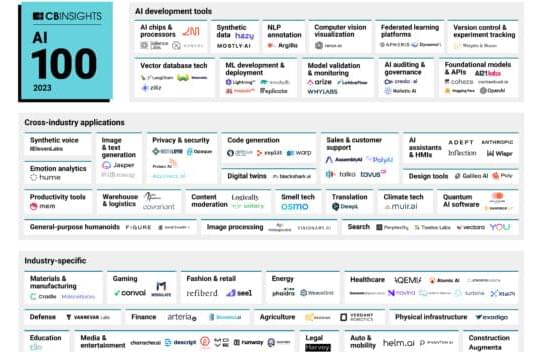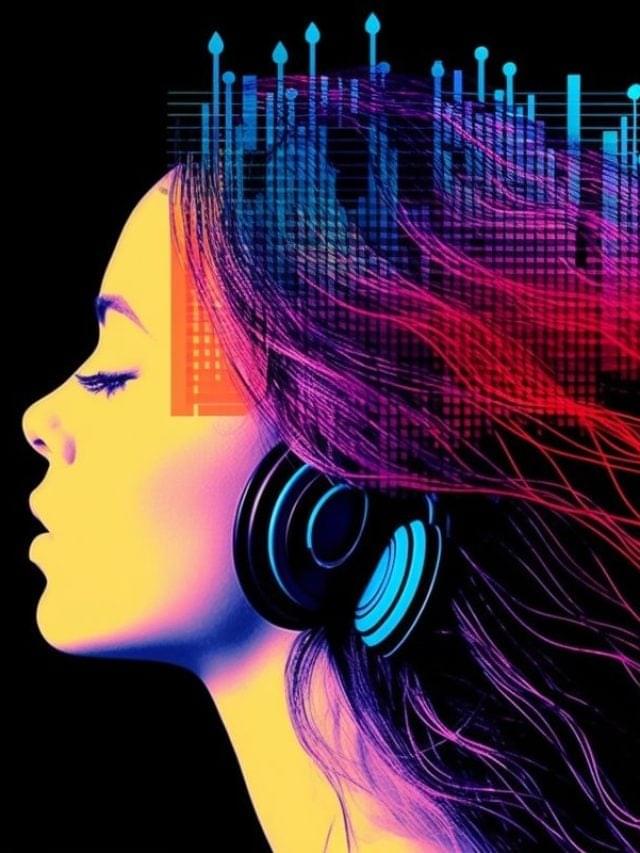Artificial intelligence has made remarkable progress in recent years, but can it help us talk to animals? Explore the possibilities and limitations of AI in communicating with other species.
Category: robotics/AI – Page 1,145
Opera’s generative AI-infused browser is ready for the masses
Opera says its generative AI-infused browser is ready for public consumption. Opera One is now out of early access. It’s more broadly available on Windows, Mac and Linux. You can download it from the company’s website.
Opera features an integrated AI called Aria that you can access from the sidebar. You can use a keyboard shortcut (CTRL or Command and /) to start using Aria as well. The AI is also available in Opera’s Android browser starting today.
The AI stems from Opera’s partnership with ChatGPT creator OpenAI. Aria connects to GPT to help answer users’ queries. The AI incorporates live information from the web and it can generate text or code and answer support questions regarding Opera products. In addition, Opera One can generate contextual prompts for Aria when you right click or highlighting text in the browser. If you prefer to use ChatGPT or ChatSonic, you can access those from the Opera One sidebar too.

AI 100: The most promising artificial intelligence startups of 2023
CB Insights has unveiled the winners of the seventh annual AI 100 — a list of the 100 most promising private AI companies across the globe.
Around one-third of this year’s winners are focused on AI applications across specific industries — such as visual dubbing for the media & entertainment sector or textile recycling for fashion & retail. A total of 40 vendors are focused on cross-industry solutions, like AI assistants & human-machine interfaces (HMIs), digital twins, climate tech, and smell tech.
Additionally, 27 companies in this cohort are developing tools like vector database tech and synthetic datasets to support AI development.

Meta announces new AI model that can replicate the voices of loved ones, but says it’s too risky to release
“There are many exciting use cases for generative speech models, but because of the potential risks of misuse, we are not making the Voicebox model or code publicly available at this time,” the company said in a research post. “While we believe it is important to be open with the AI community and to share our research to advance the state of the art in AI, it’s also necessary to strike the right balance between openness with responsibility.”
Representatives for Meta did not immediately respond to Insider’s request for comment, made outside normal working hours.
Meta said in the news release that the model could allow visually impaired people to hear messages from friends in their voices or allow users to speak in foreign languages in their own voice. The company also said the tech opened up the possibility for creators to edit audio tracks for video or create more natural-sounding voices for virtual assistants.




Dark Energy Spectroscopy Instrument Releases First Data
This week, a team of over 1,000 scientists from around the globe released to the public the first batch of data collected with the Dark Energy Spectroscopy Instrument (DESI), a telescope that cosmologists hope will help answer open questions on the nature of dark energy and the evolution of the Universe [1– 3]. “The telescope works better than we ever imagined,” says Michael Levi, a cosmologist at Lawrence Berkeley National Laboratory (LBNL), California, and the director of the DESI Collaboration. “We are ready to have everybody look at this [initial] data release and see what they can do with it.”
The goal of the five-year-long DESI survey is to map the Universe deeper in time and higher in detail than any previous telescope (see Feature: Entering a New Era of Dark Energy Cosmology). “We want to go way beyond what was done before and really be able to see the evolution of dark energy over the history of the Universe,” says Nathalie Palanque-Delabrouille, a cosmologist at LBNL and one of the spokespeople for the DESI Collaboration. To see that evolution, the survey plans to pinpoint the locations of over 40 million galaxies. The key to filling in the cosmic map is the use of robotic technology that automatically alters the placements of light-collecting fibers so that they can retrieve spectroscopic information from targeted bright spots in the sky. The spectral measurements provide information on what an object is and how fast it is moving away from us, which is needed to estimate its distance.
The robotic technology used to target objects had never been tried before, so it was not always clear that DESI would perform as expected, Levi says. But he and other team members have been pleasantly surprised by how smoothly the machine has operated. “DESI has preserved every photon that the Universe gave us,” he says.

Humanity is not that simple | Yuval Noah Harari & Pedro Pinto
Join journalist Pedro Pinto and Yuval Noah Harari as they delve into the future of artificial intelligence (A.I.). Together, they explore pressing questions in front of a live audience, such as: What will be the impact of A.I. on democracy and politics? How can we maintain human connection in the age of A.I.? What skills will be crucial for the future? And what does the future of education hold?
Filmed on May 19 2023 in Lisbon, Portugal and produced by the Fundação Francisco Manuel dos Santos (FFMS), in what marks the first live recording of the show: “It’s not that simple.”
Don’t forget to subscribe to Yuval’s Channel, where you can find more captivating content!
@YuvalNoahHarari.
Stay connected with Yuval Noah Harari through his social media platforms and website:
Twitter: https://twitter.com/harari_yuval.
Instagram: https://www.instagram.com/yuval_noah_harari.
Facebook: https://www.facebook.com/Prof.Yuval.Noah.Harari.
YouTube: @YuvalNoahHarari.
Website: https://www.ynharari.com/
Yuval Noah Harari is a historian, philosopher, and the bestselling author of ‘Sapiens: A Brief History of Humankind’ (2014), ‘Homo Deus: A Brief History of Tomorrow’ (2016), ’21 Lessons for the 21st Century’ (2018), the graphic novel series ‘Sapiens: A Graphic History’ (launched in 2020, co-authored with David Vandermeulen and Daniel Casanave), and the children’s series ‘Unstoppable Us’, (launched 2022).
Yuval Noah Harari and his husband, Itzik Yahav, are the co-founders of Sapienship: a social impact company specializing in content and production, with projects in the fields of education and entertainment. Sapienship’s main goal is to focus the public conversation on the most important global challenges facing the world today.